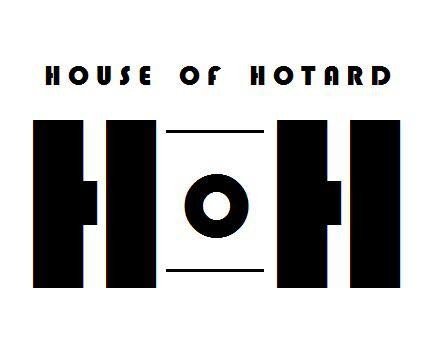004 – Best thing since sliced bread: Part 2

Not too long ago I had a friend ask me how much it cost to make a loaf of my bread. I didn’t have a good answer…not even a ballpark answer. The thought did cross my mind, but my main focus when developing the recipe was geared towards nutrition and good health…never cost. Nevertheless, the curiosity bug bit a little harder so I decided to do a cost comparison analysis. How much did it cost to make my bread, and is it worth it?
Worth Every Penny

The main flours used in my grain-free, gluten-free, keto and paleo bread are protein whey, coconut flour, and almond flour. These flours make up my “keto baking holy trinity”! I use the keto baking holy trinity in all of my baking goods. Let’s dig a little deeper at what the holy trinity has to offer.
Pure Label Nutrition Protein Whey: This particular protein is 100% grass fed, so it will yield higher omega-3 fats. Omega-3 fatty acids help reduce the levels of bad cholesterol while also increasing the levels of good cholesterol. It improves your heart health as well as your mental health. This protein is also free from fillers, preservatives, and added sugars so there are no empty calories. Lastly, it is cold processed so most of the nutrients stay intact and aren’t vaporized away. #NotSponsored
Coconut Flours: This grain-free, gluten-free, keto and paleo-friendly flour is loaded with tons of macro and micro nutrients. They are high in fiber and protein. The fat nutrients found in coconut flour is a medium-chain fatty acid that gets released into the bloodstream very easily and, in turn, expelled from your body in the form of energy. Yes, even if you aren’t on the keto diet, you can have energy from a healthy fat. Coconuts also contain lauric acid, a saturated fat, used to cure viruses and diseases.
Almond Flours: Similar to coconut flour in many ways but also very different. Almond flour also provides a host of macro and micro nutrients. They are also high in fiber and protein along with other vital nutrients. Almonds are also loaded with antioxidants.
So to put it simply, this bread has essential fats and nutrients in every bite. Can the store-bought competitors say the same?
Carb Up

Have you ever looked at the ingredients in a store-bought gluten-free or grain-free bread? You’ll find a plethora of flours and starches. These includes tapioca, potato, and cassava flours & starches. These flours are high in carbohydrates and provide minimal nutrients…basically empty calories. They are also processed with fillers and preservatives. I’m not a dietitian or in the health/medical field so I have no feed to stand on when it comes to how I feel about certain ingredients; but when most of the ingredients on the label are words that I can’t pronounce, I tend to worry about what I’m actually ingesting.
Breaking It Down
| INGREDIENTS | COST |
| 365 Cane Sugar | N/A |
| Fleischmann’s Highly Active Dry Yeast | $1.08 |
| Water | N/A |
| 365 Unsweetened Organic Almond Milk | $0.16 |
| 365 Large Eggs | $1.00 |
| Kerrygold Salted Grass-fed Butter | $1.64 |
| 365 Liquid Egg Whites | $3.49 |
| 365 Baking Powder | N/A |
| 365 Baking Soda | N/A |
| 365 Cream of Tartar | N/A |
| Terrasoul Coconut Flour | $0.57 |
| Kirkland Almond Flour | $0.71 |
| Pure Label Nutrition Protein Whey | $3.25 |
| Swerve Granular Sweetener | $1.23 |
| Vitacost Psyllium Husk | $0.62 |
| Spectrum Ground Flaxseed | $0.21 |
ESTIMATED TOTAL PER LOAF$13.98
I used to get my kids Udi’s Delicious Multigrain Gluten Free Bread for $9.99 a loaf. It is worth the $4 extra dollars to me. Is it worth it to you? If it is, go check out my bread recipe.Until next time,
Tami


All posts are my original recipes or ideas unless otherwise stated. Photos were taken with my iPhone. Please follow and come back if you enjoyed this post.